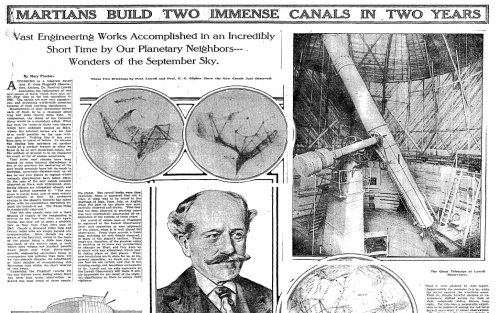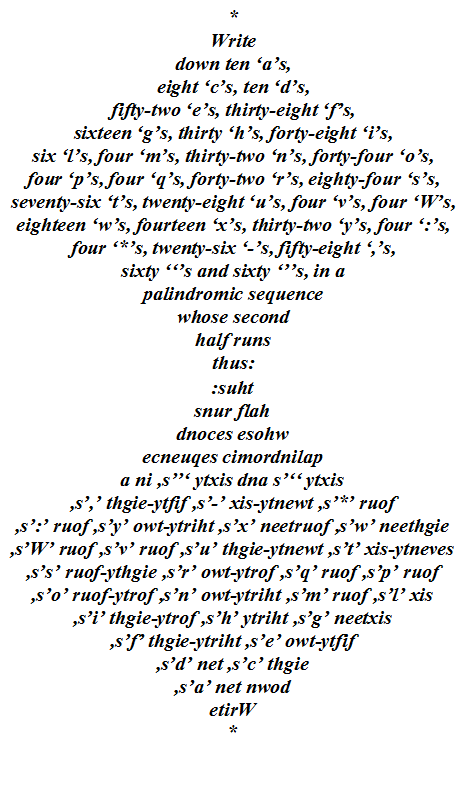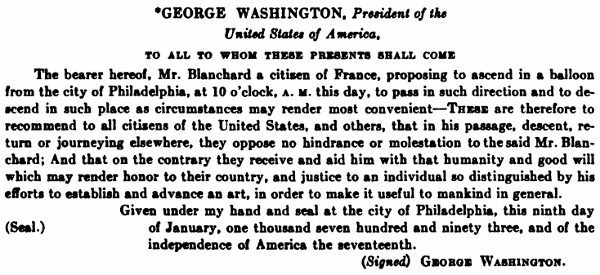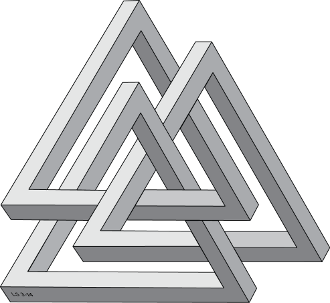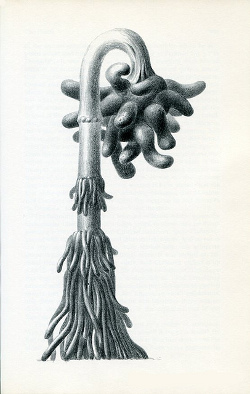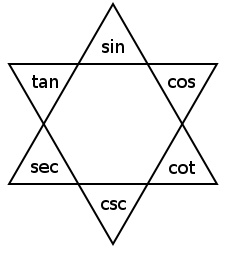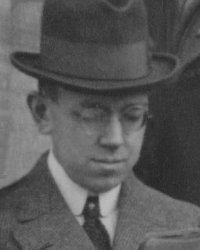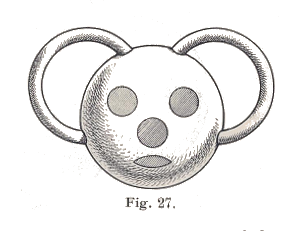A carpenter named Charlie Bratticks,
Who had a taste for mathematics,
One summer Tuesday, just for fun,
Made a wooden cube side minus one.
Though this to you may well seem wrong,
He made it minus one foot long,
Which meant (I hope your brains aren’t frothing)
Its length was one foot less than nothing,
Its width the same (you’re not asleep?)
And likewise minus one foot deep;
Giving, when multiplied (be solemn!),
Minus one cubic foot of volume.
With sweating brow this cube he sawed
Through areas of solid board;
For though each cut had minus length,
Minus times minus sapped his strength.
A second cube he made, but thus:
This time each one-foot length was plus:
Meaning of course that here one put
For volume, plus one cubic foot.
So now he had, just for his sins,
Two cubes as like as deviant twins:
And feeling one should know the worst,
He placed the second in the first.
One plus, one minus — there’s no doubt
The edges simply canceled out;
So did the volume, nothing gained;
Only the surfaces remained.
Well may you open wide your eyes,
For those were now of double size,
On something which, thanks to his skill,
Took up no room and measured nil.
From solid ebony he’d cut
These bulky cubic objects, but
All that remained was now a thin
Black sharply-angled sort of skin
Of twelve square feet — which though not small,
Weighed nothing, filled no space at all.
It stands there yet on Charlie’s floor;
He can’t think what to use it for!
— J.A. Lindon

